More from News 12
1:56
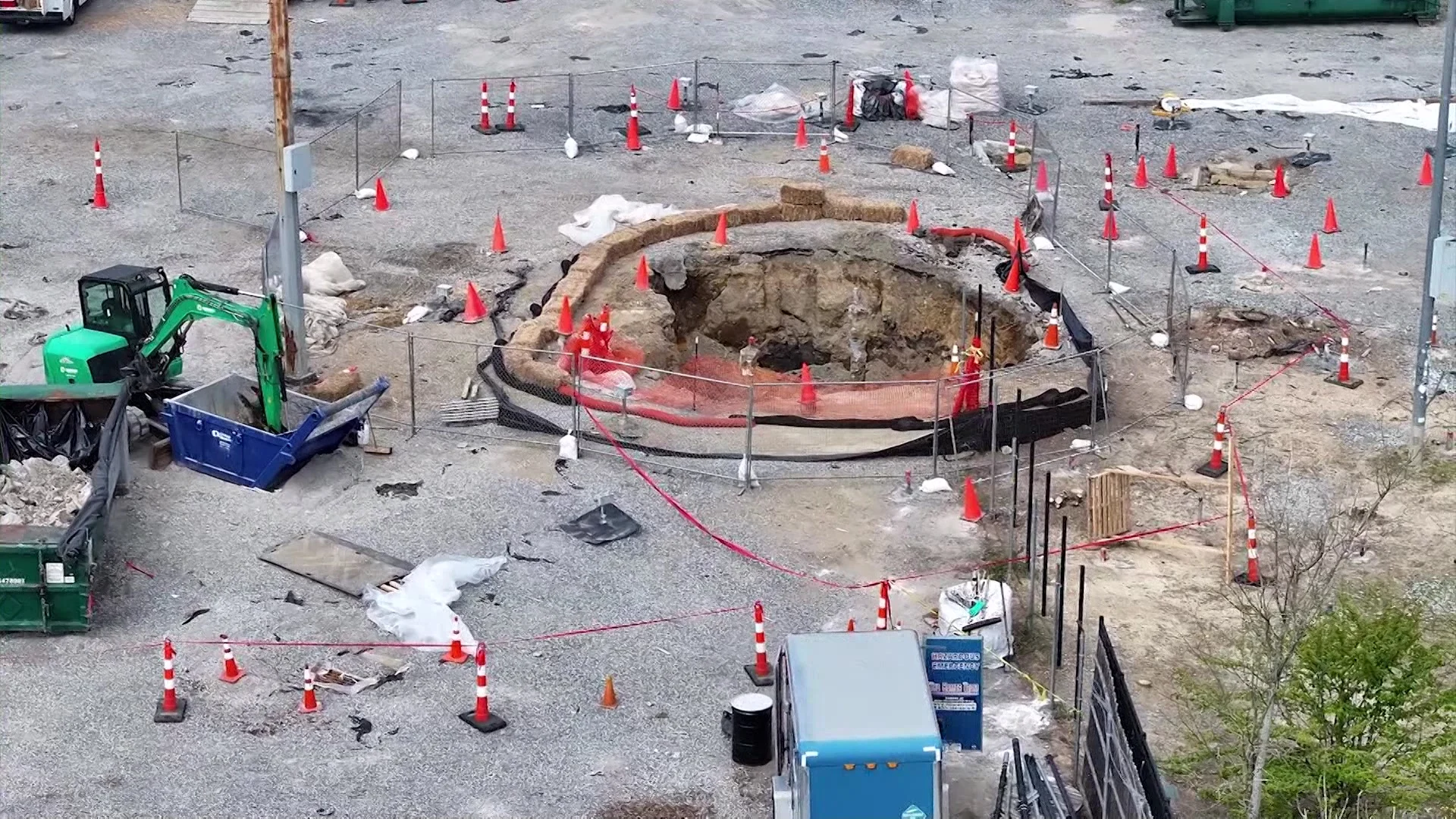
DEC: Delay in test results on soil, drums found at Bethpage park caused by technical issues at Grumman lab
2:13
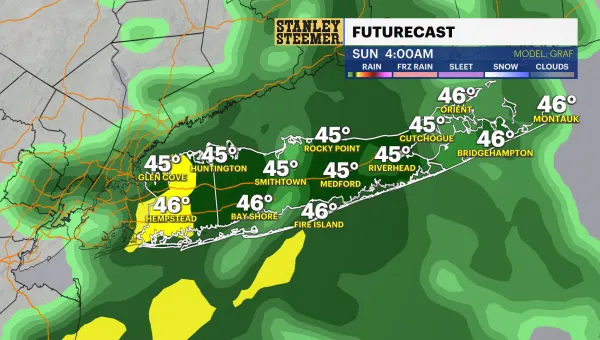
Cold overnight before warmer temps and scattered showers for the weekend
0:26
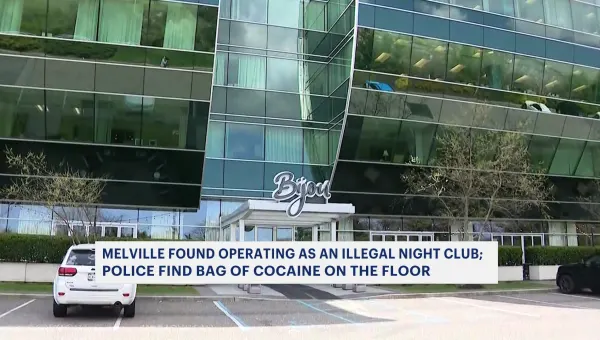
Officials: Bag of cocaine found during search of Melville restaurant
1:53

Shop Mother’s Day Gifts – Exclusive Offers Up to 75% OFF!
1:50

Selden man accused of abandoning dogs in state park
1:33

Disabled Army vet in Kings Park get new backyard with help from volunteers
1:20

Police return to Manorville to continue search in connection to Gilgo Beach case
1:56
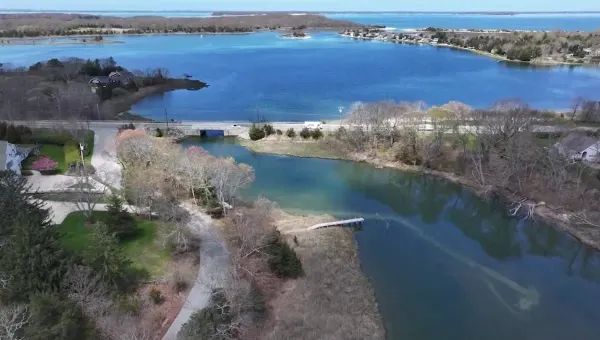
EXCLUSIVE: Police, K-9 search in North Sea at location of cold case murder
0:22

Suffolk County given $5M from federal gov't for construction of new bridge to Fire Island
0:29

Halal food truck coming to Nassau Community College amid dining issues
0:18

Police: East Northport man killed in motorcycle cash in East Farmingdale
1:52

Westhampton Beach alum hopes to be picked in 2024 NFL Draft
1:00
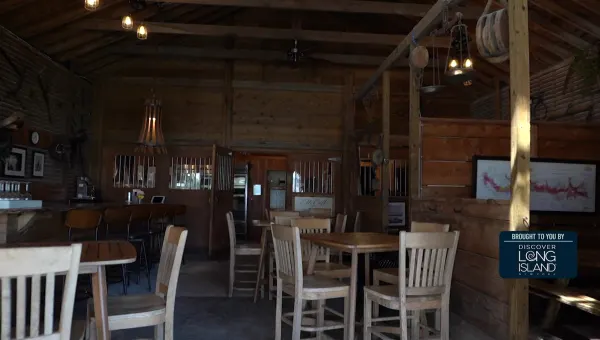
The East End: McCall Wines in Cutchogue
1:47
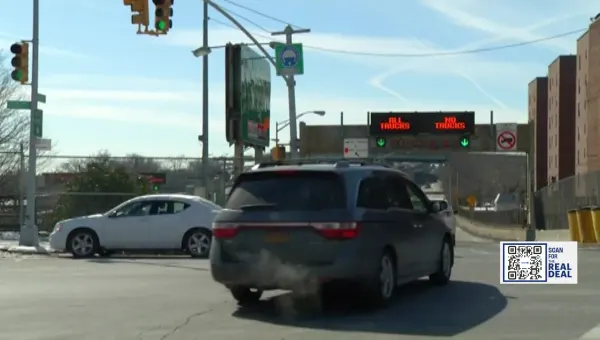
The Real Deal: How to save on commuting by carpooling
1:45

Long Island's largest car show returns to Tobay Beach this weekend
1:48

Ducks posthumously honor co-owner during Opening Day
1:56
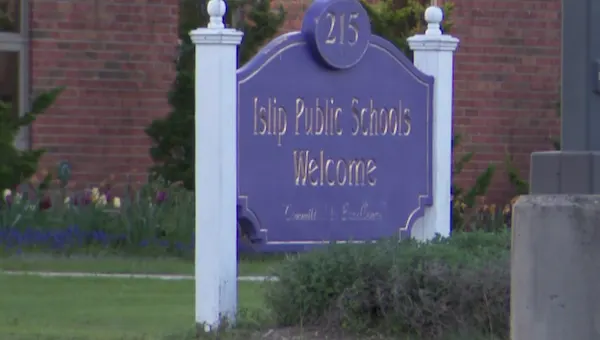
Superintendent: Person accused of making threats to Islip School District in custody
1:54

South Setauket father charged for allegedly abusing infant son

Is your mom awesome? Long Island tell us why your Mom Rocks!
1:27
